Optimal Timing for Concrete Stairs Installation
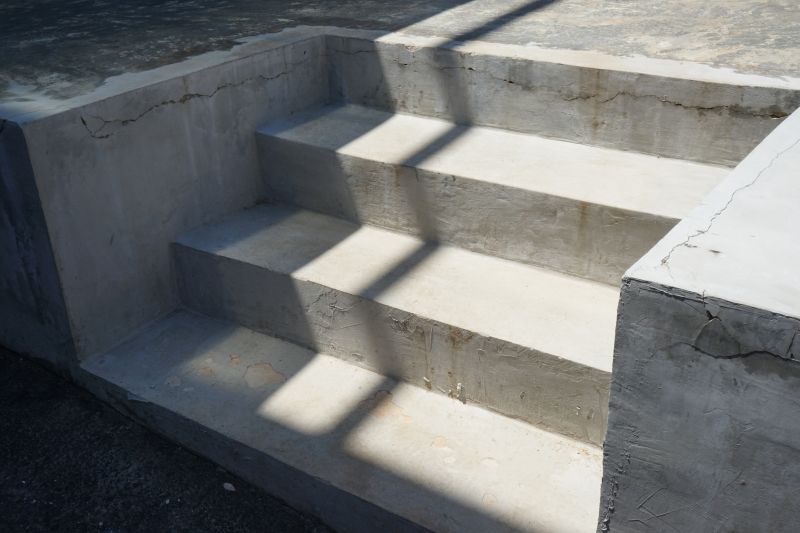
Concrete stairs are best installed during dry weather to ensure proper curing and avoid delays caused by rain or high humidity.

Spring and summer offer favorable conditions with warmer temperatures and lower moisture levels, promoting optimal concrete setting.

Cold temperatures can hinder concrete curing and may require additional measures, making warmer months preferable for installation.

Ways to make Concrete Stairs Installations work in tight or awkward layouts.

Popular materials for Concrete Stairs Installations and why they hold up over time.
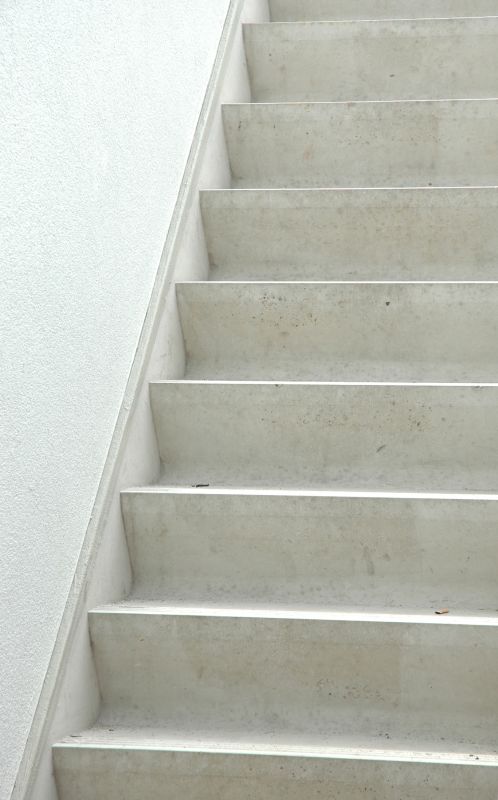
Simple add-ons that improve Concrete Stairs Installations without blowing the budget.
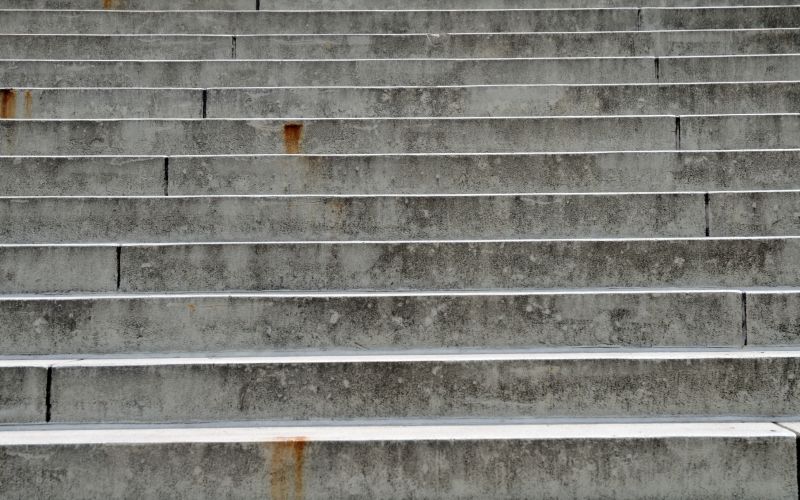
High-end options that actually feel worth it for Concrete Stairs Installations.

Finishes and colors that play nicely with Concrete Stairs Installations.
Concrete stairs installation is a process that requires careful timing to ensure durability and quality. The ideal period depends largely on climate conditions, with dry and warm weather being most suitable. Proper planning around seasonal weather patterns can prevent issues such as cracking, delayed curing, or surface defects. Data indicates that installations during optimal weather conditions have a lower incidence of repairs and longer lifespan.
Statistics show that concrete curing is most effective when ambient temperatures are between 50°F and 85°F with low humidity. Installing during these conditions reduces the risk of surface cracking and ensures the concrete reaches its full strength. In regions with variable climates, scheduling during stable weather periods can improve project outcomes and reduce costs associated with weather-related delays.
Weather significantly influences concrete curing; high humidity and rain can weaken the final product.
Ideal temperatures for concrete curing are between 50°F and 85°F for maximum strength.
Spring and summer typically provide the best conditions for concrete stairs installation.
Scheduling installations during forecasted dry and warm periods reduces risks and enhances quality.
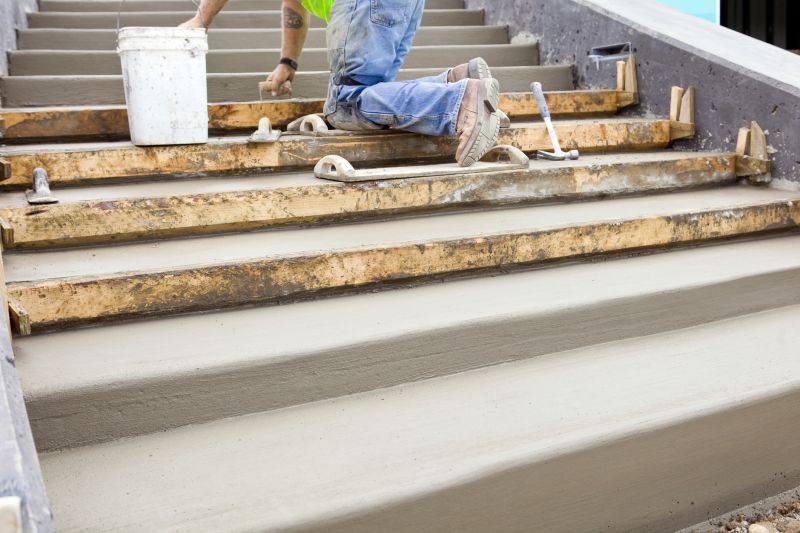
Proper timing ensures concrete is mixed and poured under suitable weather conditions for optimal curing.
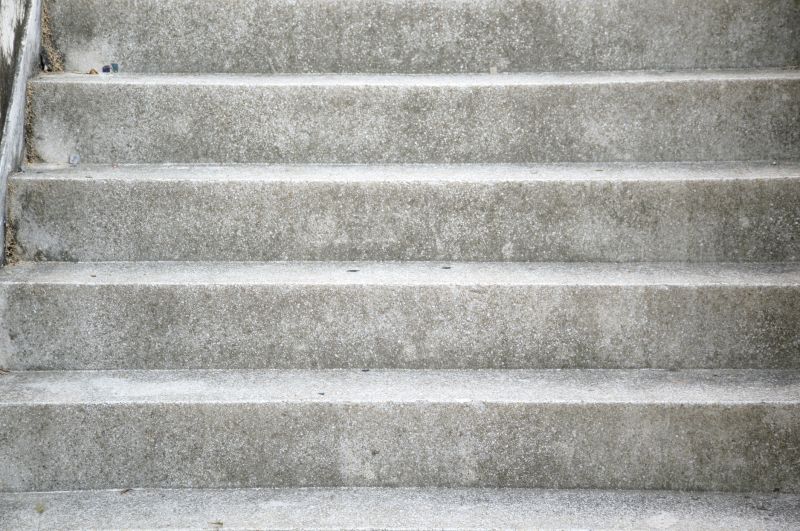
Adequate curing during warm, dry weather enhances strength and surface finish.
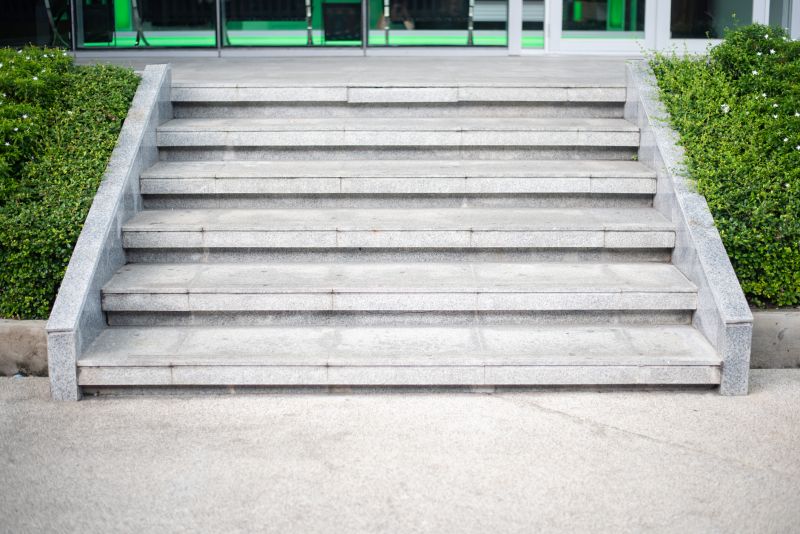
Monitoring weather after installation helps prevent surface damage and cracking.
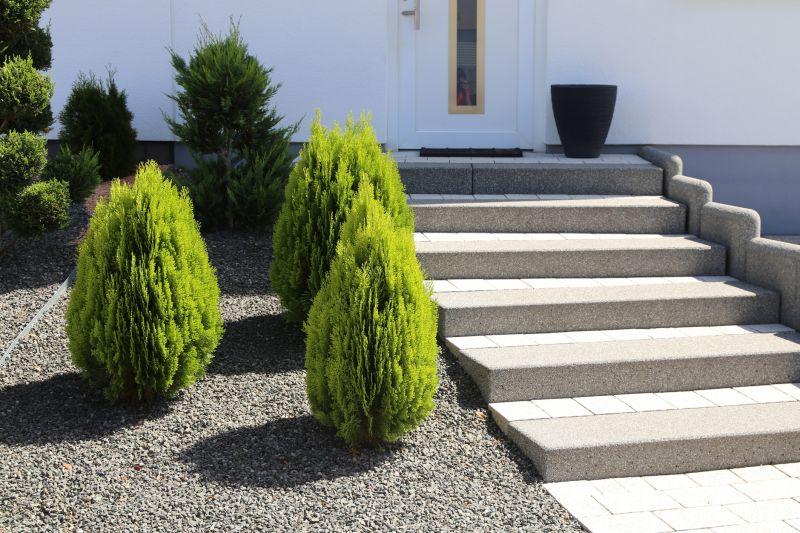
Planning around seasonal weather patterns can improve project success.

Regions with unpredictable weather may require flexible scheduling or protective measures.
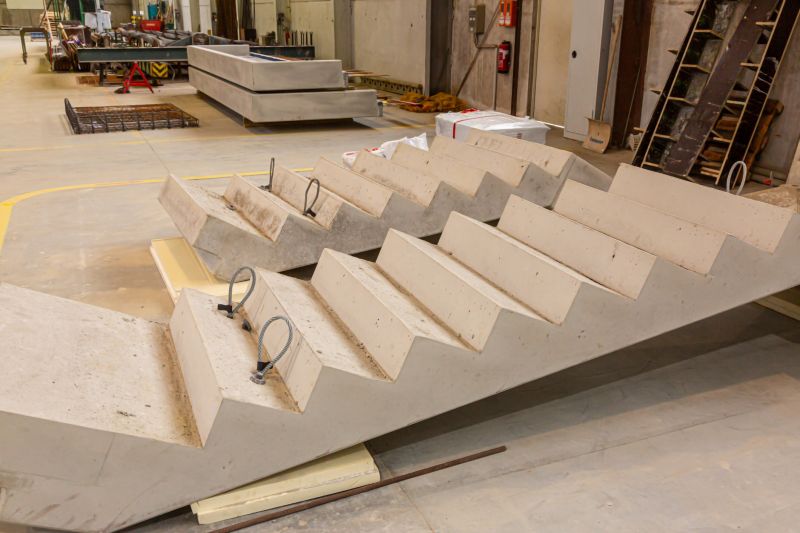
Utilizing weather forecasts can aid in selecting the best installation windows.
| Weather Condition | Recommended Action |
|---|---|
| Rain or high humidity | Delay installation or use protective coverings |
| Temperatures below 50°F | Postpone until warmer weather or use heating measures |
| Temperatures above 85°F | Monitor for rapid drying; consider moist curing |
| Windy conditions | Secure materials and protect the work area |
| Forecasted storms | Reschedule to avoid weather-related damage |
| Stable dry weather | Proceed with installation for best results |
Choosing the right time for concrete stairs installation can significantly influence the longevity and appearance of the finished product. Proper weather conditions facilitate optimal curing, reduce the risk of cracking, and improve surface quality. Planning ahead by monitoring weather forecasts and understanding seasonal patterns can lead to more successful projects and fewer delays.

A well-timed installation results in durable, smooth stairs suitable for high traffic.
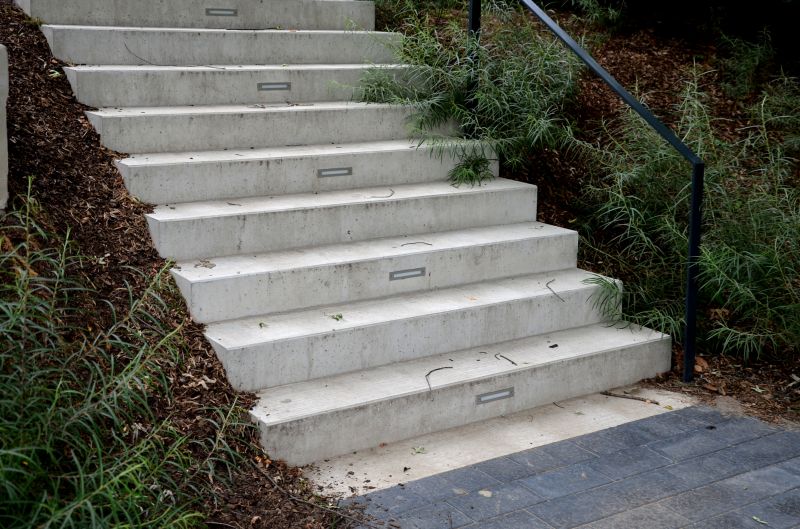
Proper curing in warm conditions ensures maximum strength and surface integrity.
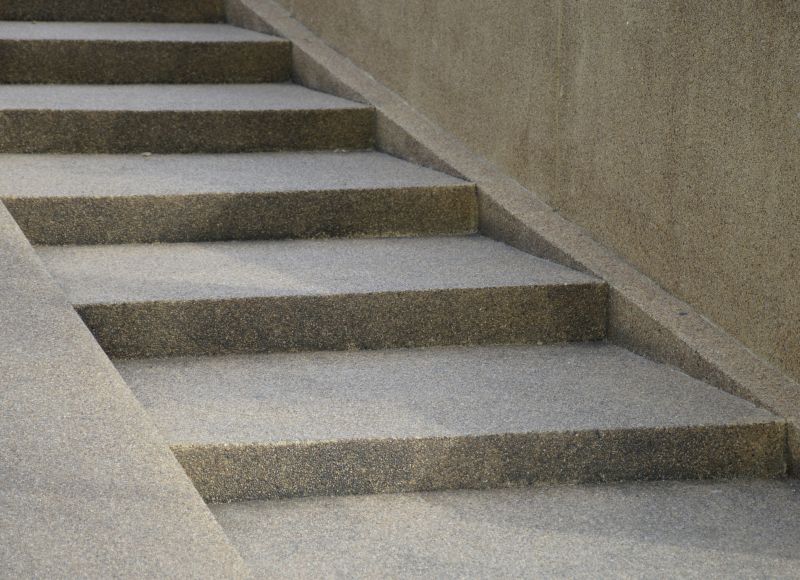
Using blankets or covers during adverse weather protects the concrete during curing.
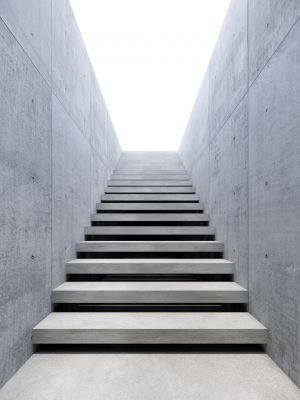
Scheduling during optimal weather conditions ensures quality and efficiency.
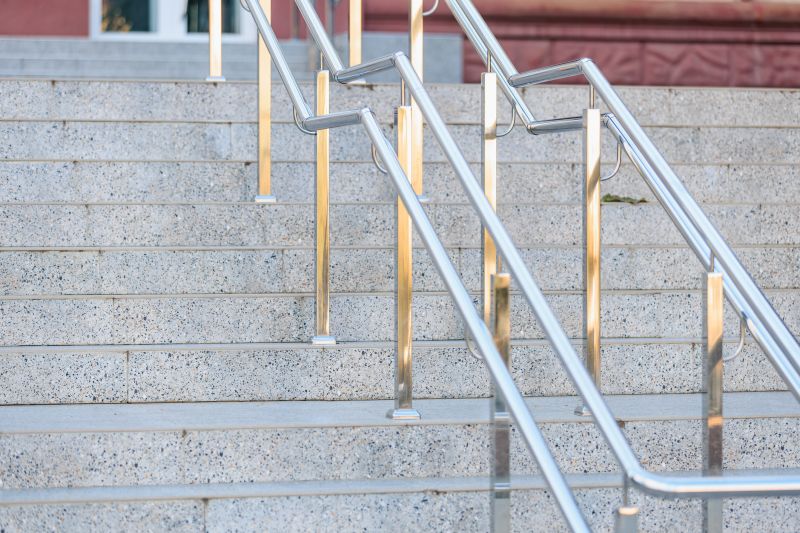
Little measurements that prevent headaches on Concrete Stairs Installations day.

A 60-second routine that keeps Concrete Stairs Installations looking new.
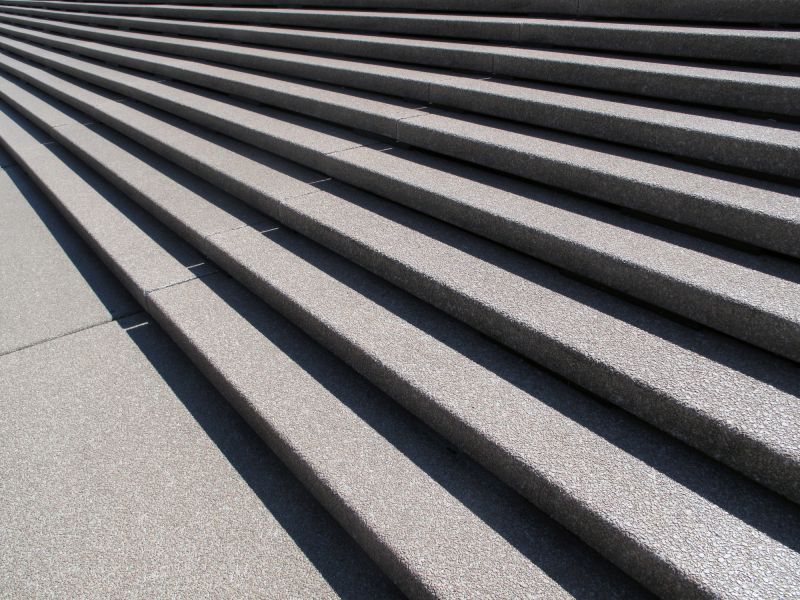
A frequent mistake in Concrete Stairs Installations and how to dodge it.
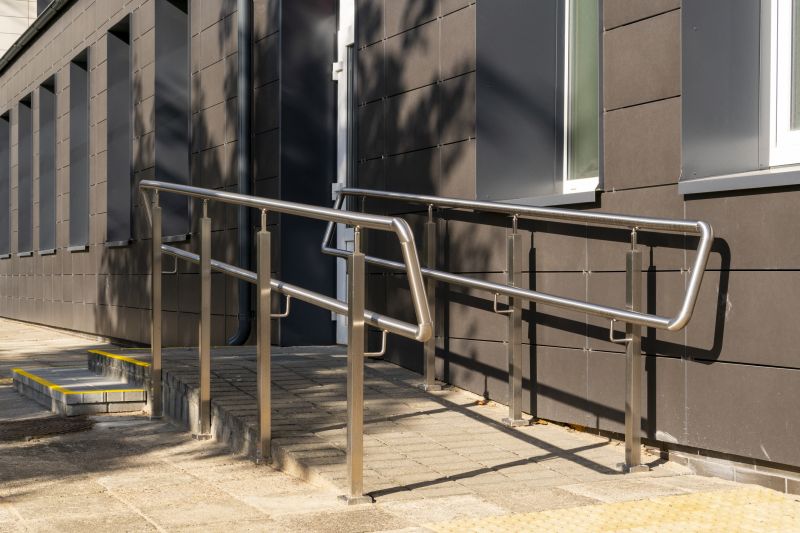
Small tweaks to make Concrete Stairs Installations safer and easier to use.
Interested parties should consider seasonal weather patterns and forecast conditions to choose the most suitable time for concrete stairs installation. Proper timing supports structural integrity, appearance, and longevity of the stairs, reducing the need for repairs and maintenance over time.



